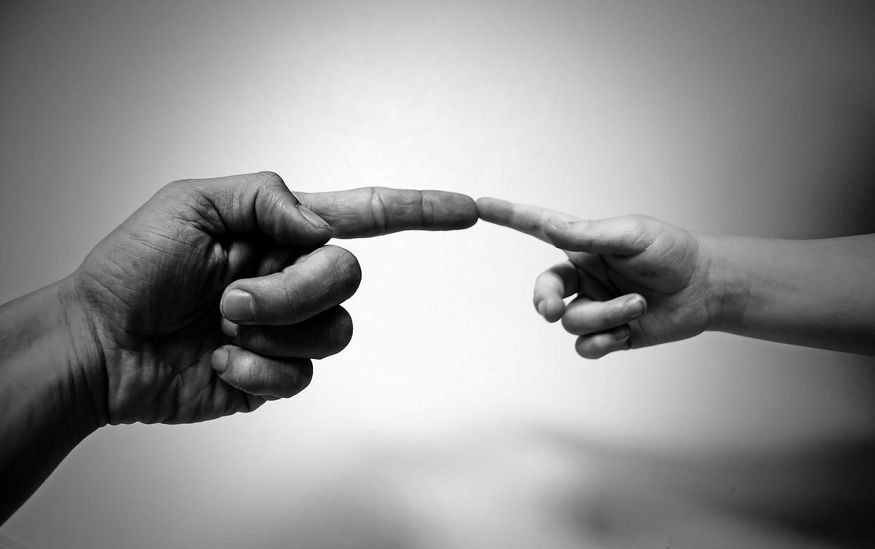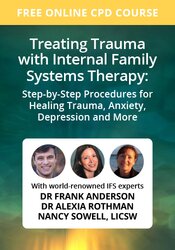Enrol in an online course today for flexible, self-paced learning—no fixed schedule required. Plus, enjoy lifetime access to course materials for convenient revisiting.
Movement in Therapy: The Bodily Roots of Relating

I have been a practising gestalt therapist for many years now, and continue to immerse myself in a further understanding of its rich theoretical perspective. In the late Sixties, gestalt became known more for a succession of techniques. We sometimes explored moving ourselves from one “empty chair” to another, attempting to make what was fragmented and split within us into a whole experience; or we smashed bataka bats into pillows to express our anger. As a result, emotional outpour and catharsis were thought to be a primary aspect of gestalt practice. The more eloquent aspects of our theory, its deeper meanings, moved background and were often left undiscovered.
Gestalt therapy, however, has always been present-centered, dialogic, and most importantly, a clinical phenomenological approach to therapy that is conversant with post-modern ideas of intersubjectivity. Taking a phenomenological attitude within therapy means that practitioners must stay exactly with what appears before them – what is intrinsic or innate to experience. Clinical phenomenologists attend to what they feel, taste, smell, hear and, importantly, how they and their patients move and are moved in relation to each other.
Staying with exactly what appears means that interpretations and assumptions are not offered to patients too soon if at all. Rather therapists are encouraged to attend to the moving-feeling experience of themselves, their experience of their patients, and their experience of what they and their patients make in the co-creation of the therapy situation. The focus is on first being with themselves and the other, from which a more active doing will ensue.
I have spent some years observing infants and parents to understand how their emotional lives manifest themselves through movements, always in relation to one another. I find that there is a functional similarity between this early dyad and the patient-therapist dyad in terms of how meaning is made through ongoing overt and, more often, subtle micro-movement dialogues. This is a relational perspective; one informs and is informed by the other almost simultaneously. It is our moving-feeling body, always responding and responsive, that organises this reciprocal relationship with the world -- I move through the world as the world moves through me.
What might this mean for the practice of psychotherapy? The key to understanding oneself in the world is to attend to one’s bodily engagements with the world – in this case, the world of the therapy session. The smallest clues in our own movements – posture, gesture, gait, breathing patterns – and those of our patients, can be discovered and disclosed such that the deeper themes of life come to the foreground to be worked with and through.
The moving-feeling body, then, is the locus of inquiry. Therapists first must listen to our own bodily responses within therapy. When we focus on our inner receptivity, we prioritise a sense of wonder as we explore what is happening in the immediate present. Whatever we notice will not be ours alone. Rather it is a movement of the field; that is, our experience is co-created in this unfolding relational situation.
We can wonder as to what is happening between ourselves and our patients as we experience, for example:
- A clench of the jaw, flutter in the chest and/or heaviness along the shoulders
- How we position ourselves in relation to our patient
- How we gesture
- Subtle changes in our breathing pattern
From here, we can inquire as to what the patient might experience and become curious as to how the patient is moving and what he/she/they might be feeling. The feeling of our own moving body serves as ground for exploring the collaboration between patient and therapist. The diagnosis is of the evolving patient/therapist relationship and not of the patient alone.
Ruella Frank’s new book, The Bodily Roots of Experience in Psychotherapy, has just been published by Routledge.

















